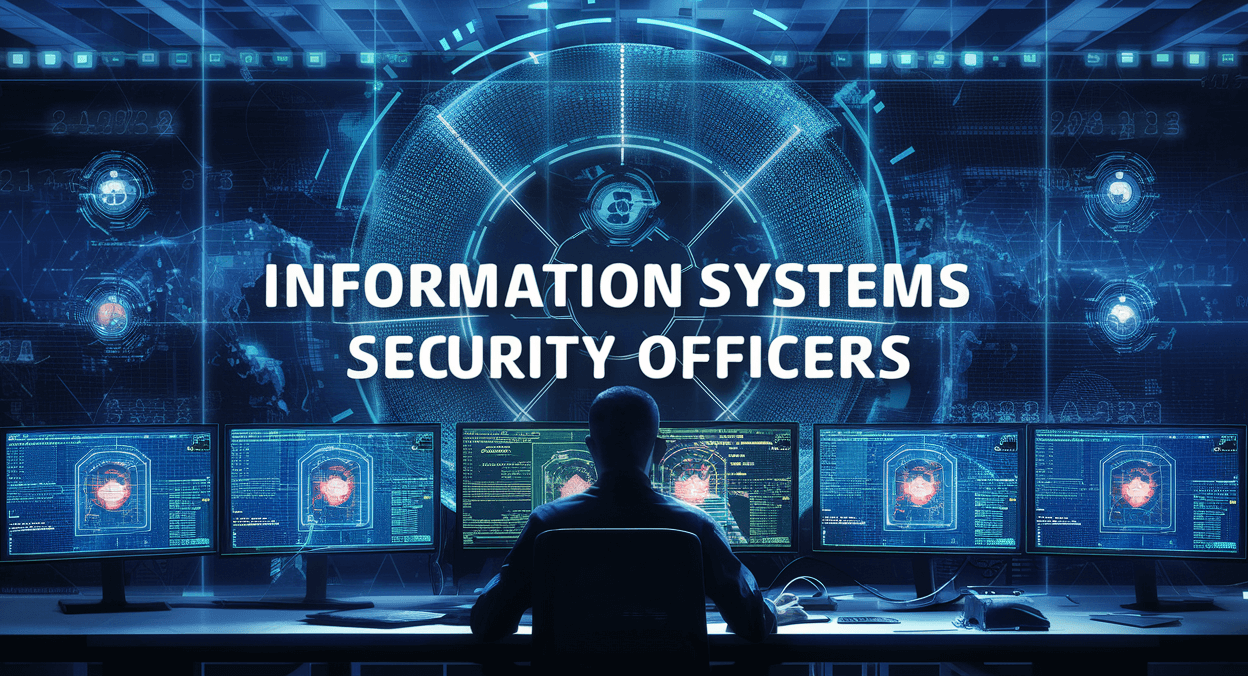Technological advancements have necessitated businesses to safeguard their data from cyber threats and use data security practices. In the pandemic years alone, several organizations have witnessed unique cyber threats that have cost them millions of dollars. This has compelled businesses to stay current with the rapid technological changes and embeds best data security practices in the organization.
Jump ahead to
What is Data Security?

Often, we see that data security is linked with data privacy. Data Security refers to the process of safeguarding data against cyber threats. In contrast, Data Privacy is about procedures for handling the data according to the applicable regulations and laws. Several nations have enforced their data security regulations that organizations must comply with. As regulatory compliance varies from country to country, businesses need the assistance of GDPR Certified Data Protection Officers to carry out the tasks.
The most common threat organizations have faced in recent years is data breaches due to improper data security protocols. Often organizations fail to assess their employees’ behaviors, which results in unauthorized access to sensitive information. This forces organizations to incur huge non-compliance fines based on the extent of the infringement.
Businesses have implemented various security systems to protect the potential access points for data breaches. Employees must now validate their login credentials to ensure that it is them and not any third party. Large enterprises have incorporated encryption algorithms to protect the sensitive information stored in their databases. The most recent practice followed by businesses is to secure their physical access points. These measures include biometric verification, access essential cards, and retinal scans. Besides these measures, organizations implement advanced data security practices to prevent data breaches.
Top Data Security Practices
Restricted access:
Among the top threats organizations have faced, unhappy employees are one of the root causes. Employees have unrestricted access to the crucial information stored in the company’s database. Former employees tend to hold a grudge against the company and indulge in miscreant activities. This forces organizations to take necessary steps to erase the credentials of former employees and update their security measures regularly.
Policies on data usage:
For various reasons, sensitive information has become an inevitable part of a company’s data. This necessitates businesses to have a data usage policy defining how the data can be used and who can access the data. Before creating policies, the data gathered from various sources need to be categorized based on their significance. Businesses can develop software wherein a user cannot access the information after completing the task.
Maintain a cybersecurity register:
Large enterprises must maintain a register for recording all the cybersecurity protocols initiated. The register can be used to train employees on the different kinds of cyber threats that harm the organization’s existence. Furthermore, stakeholders and employees can access the register to obtain specific information on the necessary action to curb cyber threats.
Instill state-of-the-art security framework:
Research unveiled that hackers look for weak, secured points to steal information. As a result, large enterprises are forced to incur huge costs on antivirus software. Also, businesses can instill a complex firewall system to protect the organization from hackers. Organizations usually have internal firewalls as an additional protocol to safeguard confidential information.
Evaluate compliance programs:
The evolution of GDPR and other data protection laws has necessitated organizations constantly monitor their compliance programs. This assists businesses in staying out of legal troubles and preventing data breaches. The laws vary for each country, requiring organizations to modify their strategies based on their serving countries. Therefore, assessing and evaluating the compliance programs regularly is one of the best practices followed.
Gear up for threats:
Every organization needs to have a recovery plan for all possible cyber threats. This helps to get back the data that was lost. Required personnel can create a backup of files that contain sensitive information in a different location with the same security protocols and retrieve it when needed. Also, the data protection team must constantly watch for potential attacks that may occur due to various reasons. GDPR course can help analyze these attacks and get into the core of the reasons for these attacks.
Conclusion
With technological changes, businesses are necessitated to invest in technology and data security aspects. Today, various organizations cater to different countries, requiring them to follow and operate according to the applicable laws. To ensure that such transitions take place smoothly, businesses need to hire updated and skilled professionals in the relevant field. GDPR Certified Data Protection Officer is preferred to carry out such roles. Data Protection Officers acquire the skillset to apply the latest data security practices to the organization. This further assist business in decreasing the costs incurred for non-compliance. GDPR CDPO assess an organization’s data privacy requirements as well as its IT status. Their familiarity with technology and organizational structure allows the organization to identify the underlying causes of data protection problems.



